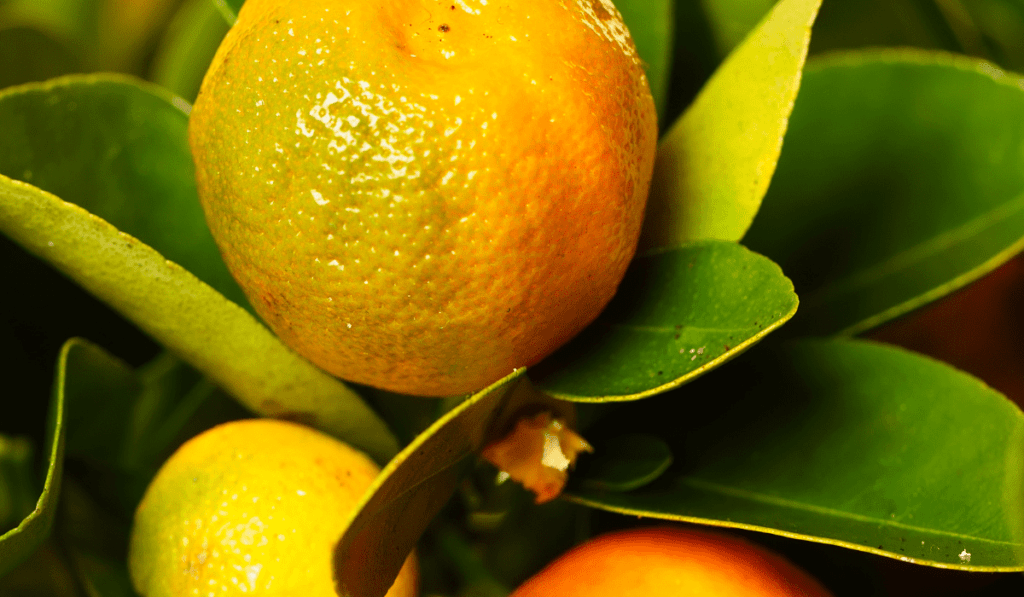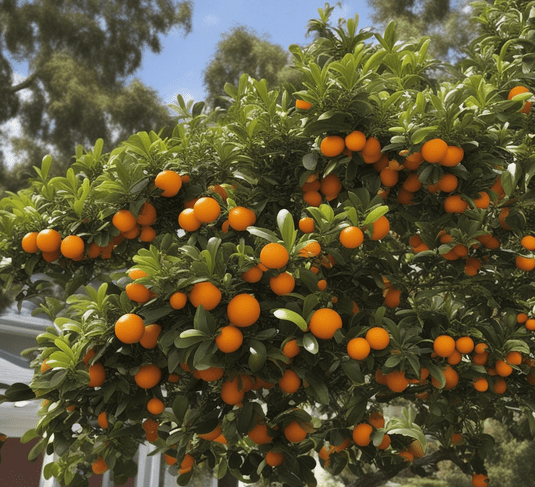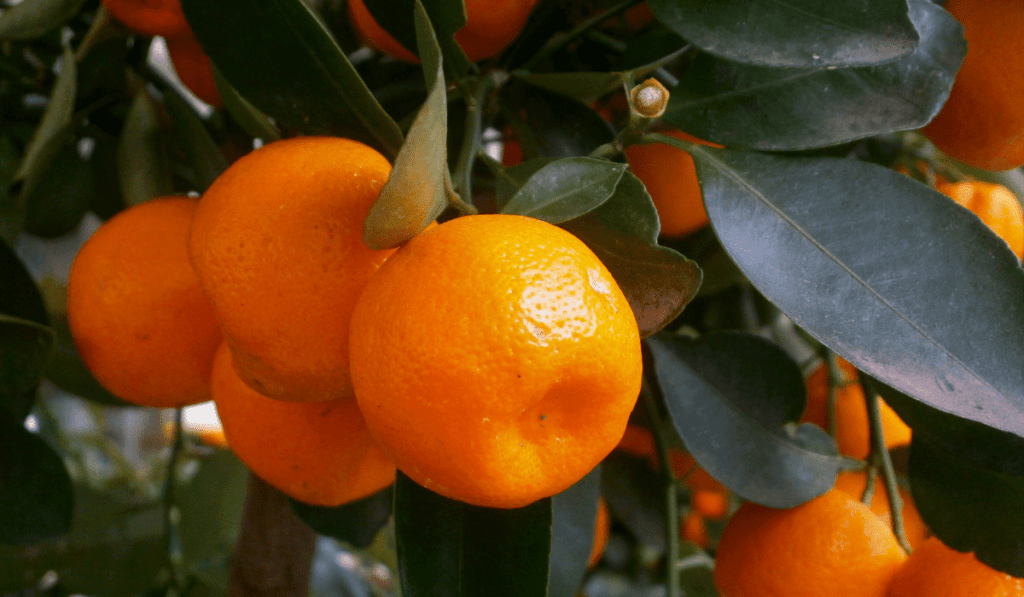Navigating the world of Calamondin trees and concerned about potential pests? In this informative guide, we’ll embark on a journey through the realm of common Calamondin tree pests, arming you with the knowledge to identify, prevent, and effectively manage these intruders. By the end of this article, you’ll be well-prepared to protect your Calamondin tree, ensuring it thrives and continues to yield its delightful miniature citrus gems. Let’s dive into the crucial domain of pest identification, prevention, and management for your cherished Calamondin tree.
1. Aphids (Aphidoidea)
- Identification: Small, soft-bodied insects that cluster on new growth, leaves, and stems.
- Prevention: Encourage natural predators like ladybugs and lacewings, and use strong water sprays to dislodge aphids.
- Management: Apply insecticidal soap or neem oil when infestations are severe.
2. Scale Insects (Coccoidea)
- Identification: Tiny, immobile insects that attach to stems and leaves, resembling brown or white bumps.
- Prevention: Regularly inspect your tree and remove any scales by hand or with a soft brush.
- Management: Apply horticultural oil or insecticidal soap to control scale populations.
3. Citrus Leaf Miner (Phyllocnistis citrella)
- Identification: Larvae create serpentine tunnels on leaves, leading to distorted growth.
- Prevention: Encourage beneficial insects like parasitic wasps and maintain tree vigor with proper fertilization.
- Management: Remove affected leaves and apply neem oil or insecticidal soap if needed.
4. Citrus Whitefly (Dialeurodes citri)
- Identification: Tiny, white insects found on the underside of leaves that excrete honeydew.
- Prevention: Encourage natural predators like ladybugs and lacewings.
- Management: Apply insecticidal soap or neem oil when whitefly populations become problematic.
5. Citrus Thrips (Scirtothrips citri)
- Identification: Tiny, slender insects that damage leaves, flowers, and fruit.
- Prevention: Maintain proper tree care and pruning to reduce thrip-friendly hiding spots.
- Management: Apply neem oil or insecticidal soap if thrip infestations are severe.
6. Mealybugs (Pseudococcidae)
- Identification: Soft, cottony insects that feed on leaves and stems, excreting honeydew.
- Prevention: Encourage natural predators and avoid over-fertilization.
- Management: Apply neem oil or insecticidal soap to control mealybug populations.
7. Caterpillars (Lepidoptera)
- Identification: Larvae of various moths and butterflies that chew on leaves and fruit.
- Prevention: Inspect your tree regularly for caterpillar eggs and remove them by hand.
- Management: Apply biological controls like Bacillus thuringiensis (BT) or use insecticidal sprays when necessary.
8. Snails and Slugs (Gastropoda)
- Identification: Slow-moving, slimy pests that leave silvery trails on leaves.
- Prevention: Create physical barriers with copper tape or diatomaceous earth.
- Management: Handpick snails and slugs, and consider using iron phosphate baits.
9. Ants (Formicidae)
- Identification: Ants are attracted to honeydew excreted by pests like aphids and mealybugs.
- Prevention: Control aphids and mealybugs to reduce ant activity.
- Management: Use ant baits or barriers to keep ants away from your tree.
10. Fruit Flies (Tephritidae)
- Identification: Small flies that lay eggs in ripening fruit, causing it to rot.
- Prevention: Harvest fruit promptly and use traps to capture adult fruit flies.
- Management: Apply organic fruit fly sprays or use exclusion bags to protect fruit.
Conclusion
With proper identification and proactive prevention, you can effectively manage common pests that may threaten your calamondin trees. Regular monitoring, natural predators, and targeted treatments when necessary will help ensure the health and productivity of your trees, allowing you to enjoy the beauty and flavor of their miniature citrus fruits.



